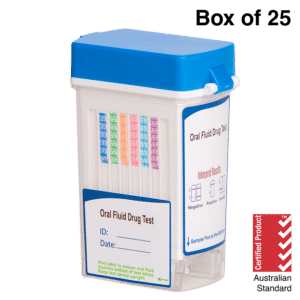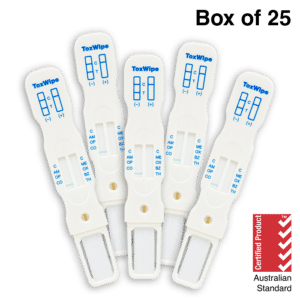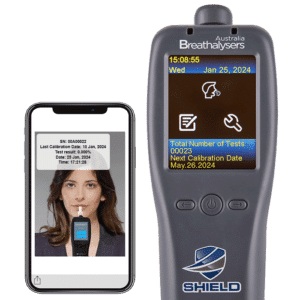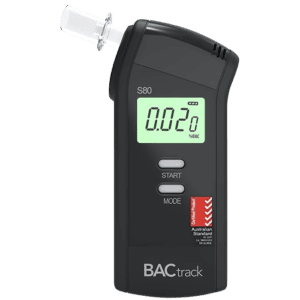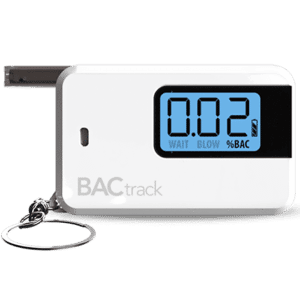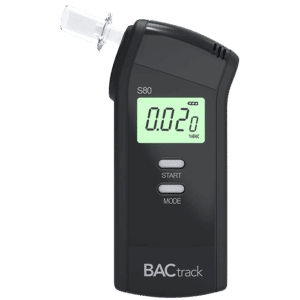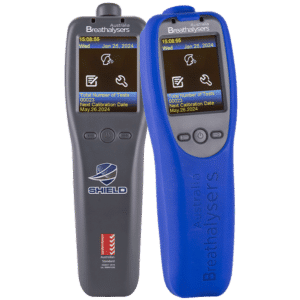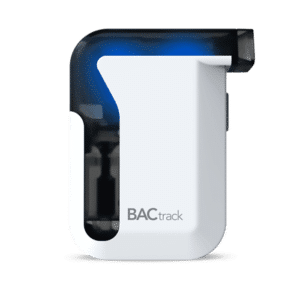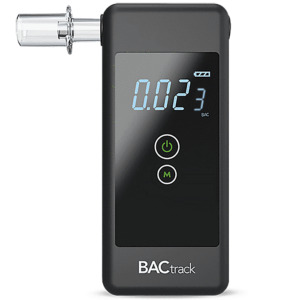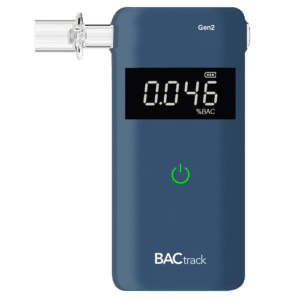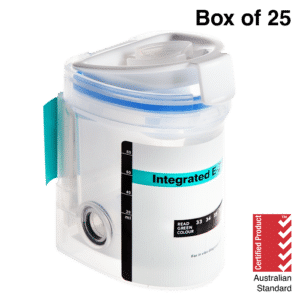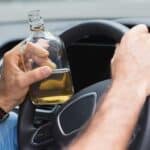High Range Drink Driving: Definition and Maximum Penalties
24 April, 2024
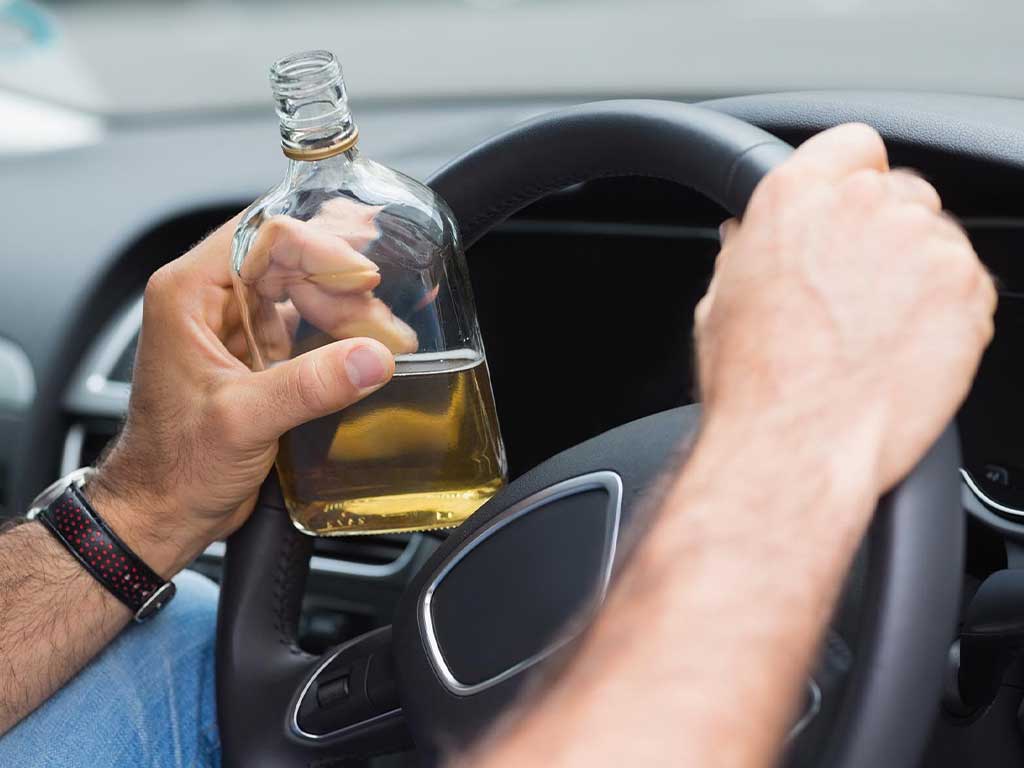
Driving under the influence is a criminal offence in Australia, with strict laws and penalties to discourage the behaviour. High-range drink driving refers to driving with a Blood Alcohol Concentration (BAC) of 0.15% or higher, which is significantly above the legal limit of 0.05. The consequences of being charged with this include heavy fines, imprisonment, vehicle impoundment, and licence disqualification. Moreover, the penalties are more severe with a subsequent offence. For example, the maximum fine in QLD is $9288.
0.05% is the BAC limit applicable to most drivers. Driving with BAC levels above this can net the individual a low to high-range charge. Hence, they must ensure their BAC does not exceed the prescribed concentration of alcohol (PCA). Individuals can use breathalysers to measure their BAC levels. Police officers also use breath testers when conducting random roadside breath tests. This article will present information on high-range intoxicated driving, the maximum penalties, and the BAC levels.
What is High-Range Drink Driving?
High-range drink driving is a major offence. It refers to the crime of operating a motor vehicle with a BAC level that exceeds the set Australian limit. It is a serious offence that can cause several repercussions. As such, individuals must take precautions to avoid driving under the influence of alcohol.
Common methods to avoid drink driving charges include assigning a designated driver and arranging alternative transport options, such as buses and taxis. People can also use personal breathalysers to measure their BAC. These devices can provide accurate measurements that help drivers make informed decisions. Some have advanced features that can help estimate when the individual will become sober.
Charges for drink driving can be low-range, mid-range, or high-range, depending on the BAC level at the time of testing. Common penalties include fines, licence suspension or disqualification, and participation in a mandatory interlock program. Ultimately, individuals should practice safe drinking and maintain proper control of their actions to avoid consequences.
Seriousness of the Offence
- A drink driving charge with high PCA is a serious offence that appears in a criminal record.
- This offence comes with heavy fines that can cause significant financial strain.
- It can also lead to loss of employment due to the criminal record.
- Convicted individuals may have difficulty finding new employment even after finishing their prison term and interlock period.
- The offence can also lead to difficulty while travelling because of the licence suspension or disqualification.
- It can cause reputational damage that strains personal and professional relationships.
- Overall, it can decrease the quality of life and affect future opportunities.
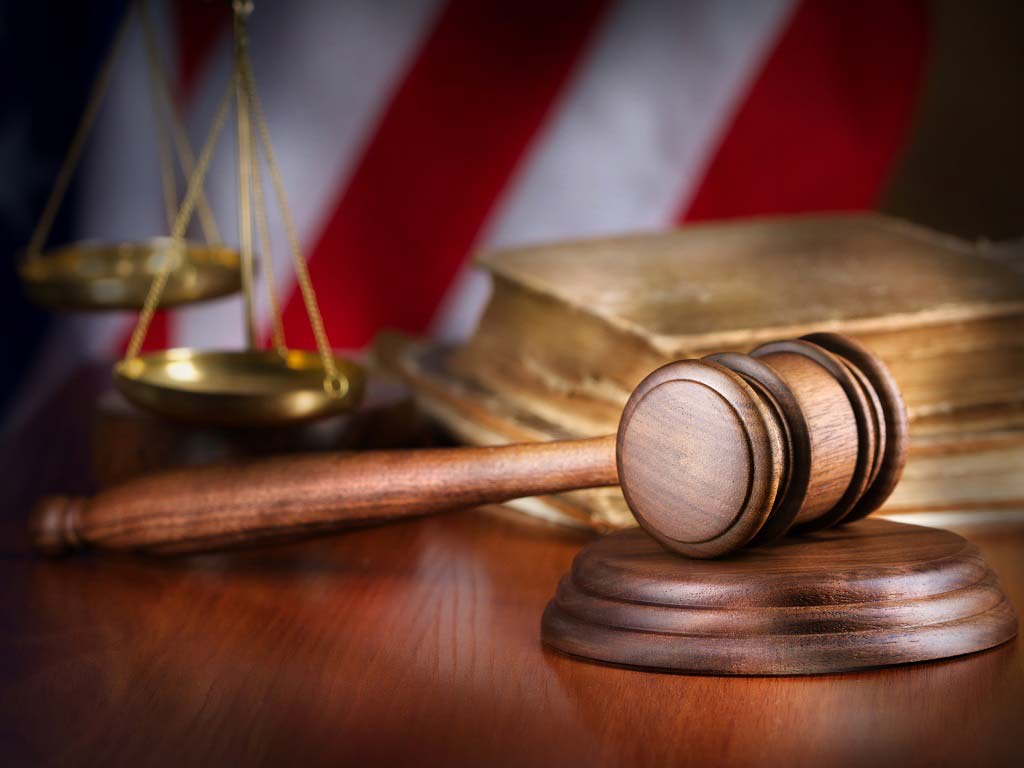
Maximum Penalties for High-Range Drink Driving
The penalties for high-range drink driving can vary depending on several factors. This includes the state, the specific blood alcohol level result, and if the violation is a first or subsequent offence. However, the maximum penalties are guaranteed to be severe to serve as an effective deterrent against negligent driving.
For example, in NSW, the maximum penalty for a first offence includes a substantial fine of $3300 and a term of imprisonment of 18 months. It can also include an unlimited term of licence disqualification. However, the automatic disqualification period is three years. Moreover, the individual will be subject to a mandatory alcohol interlock program.
The potential penalties for drink driving in other states are similar to these. As such, taking precautions to avoid drink driving and committing traffic offences is crucial. Furthermore, individuals should note that a combined offence of drink and drug driving is also a major traffic offence with harsh penalties. Individuals facing these criminal offences can benefit from consulting with experienced traffic lawyers.
Subsequent Offence Penalties
Subsequent office penalties are typically harsher than first-time offences. For high-range PCA convictions, the penalties for a subsequent offence can be even more severe. This is because they bring significant risks to everyone on the roads.
In NSW, a second offence can result in a maximum fine of $5500 and a prison sentence of up to two years. The automatic disqualification period may also be longer, with a minimum of five years. In QLD, people may also have their motor vehicles impounded if found with high-range PCA. Their fines are higher at up to $9288, and the period of disqualification may reach two years.
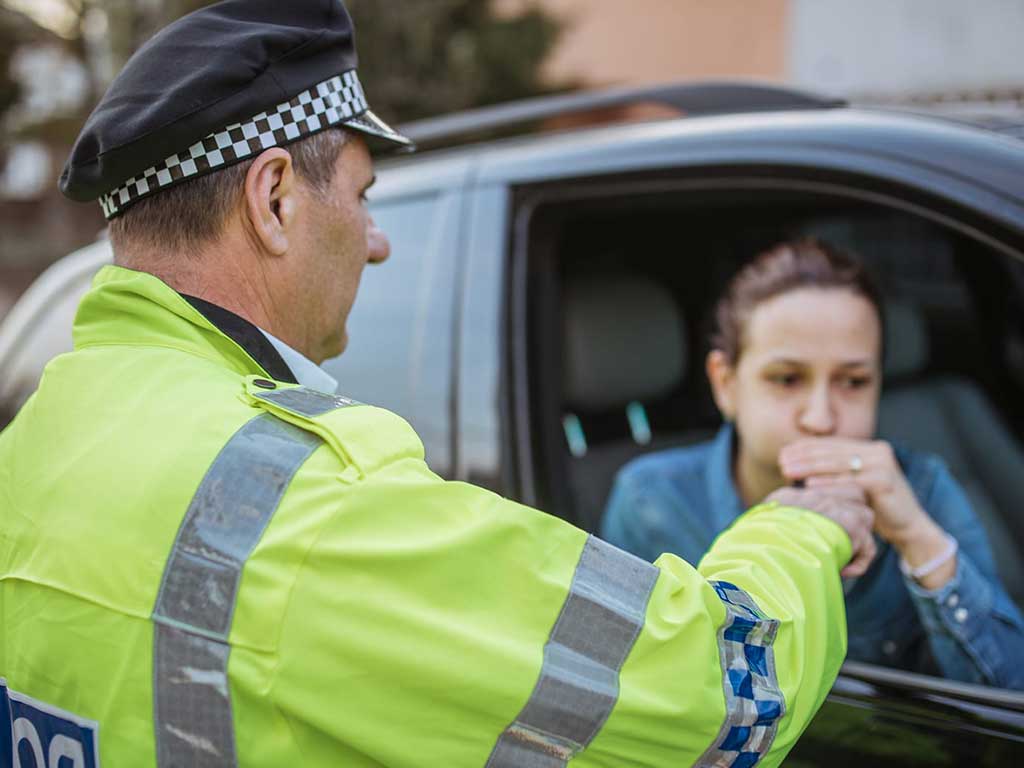
BAC Levels for High-Range Drink Driving
The general Australian alcohol limit is 0.05% for most drivers. Meanwhile, it can range from 0 to 0.02% for drivers of heavy vehicles, public transport vehicles, and those with probationary licences. Meanwhile, it is considered a mid-range drink driving offence if the BAC level is above 0.08% but below 0.15%.
The BAC levels for high-range drink driving for most states and territories start at 0.15%. At this level, people typically experience several impairments due to their liquor intake, regardless of alcohol tolerance. Common effects include nausea, loss of coordination, balance issues, slow reaction times, and impaired judgment.
To identify impaired drivers, law enforcement officers conduct random roadside testing for illicit drugs and alcohol. Drivers must comply with the test to prove their innocence. Refusing to take the test can lead to equal or more severe penalties than failing a test. If the individual has a specific medical condition that prevents them from complying with the onsite test, they may inform the officer to avoid misunderstanding.
How to Test for Alcohol?
There are several methods available for testing individuals for the presence of alcohol in their system. Typically, police officers utilise breath analysis machines to conduct alcohol tests. These devices use advanced fuel cell sensors to provide an accurate blood alcohol reading from the breath samples. They can provide results within minutes and are easy to operate.
Moreover, urine and blood tests are alternative testing methods that law enforcement officers use. However, these require the individual to go to the police station or hospital due to the facilities needed. These are options for those with health conditions that prevent them from providing sufficient breath samples.
Conclusion
High-range drink driving is an offence that drivers caught with a BAC level of 0.15% can be charged with. To test for this, police officers use breath-testing devices. They may also conduct urine or blood tests. It is a serious offence with heavy penalties to encourage safe behaviours. These penalties include fines, licence disqualification, vehicle impoundment, and jail time. As such, they should contact drink driving lawyers with criminal defence experience.
The maximum penalties can vary per state and territory. In NSW, a first-time offence with high-range PCA can have a maximum penalty of a $3300 fine, 18 months imprisonment, and an unlimited term of licence disqualification. Meanwhile, a subsequent offence can lead to a $5500 fine and a two-year imprisonment. Hence, people should conduct safe driving practices. This includes assigning designated drivers, taking public transportation, and using personal breathalysers.















